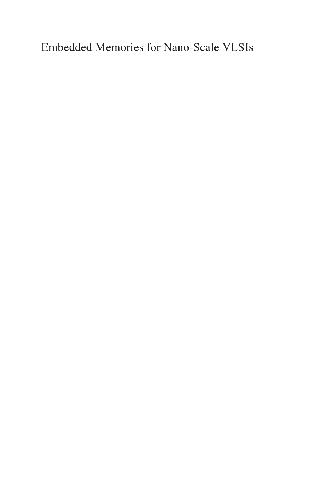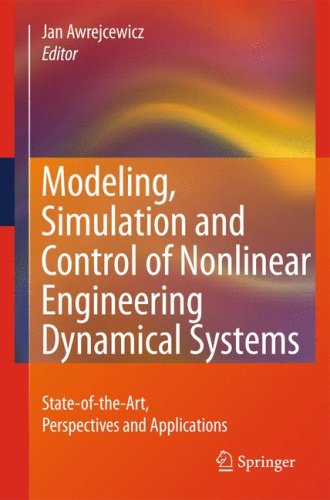- 2 402 202 книги
- Поиск
libcats.org









Seeing, Doing, and Knowing
Mohan MatthenSeeing, Doing, and Knowing is an original and comprehensive philosophical treatment of sense perception as it is currently investigated by cognitive neuroscientists. Its central theme is the task-oriented specialization of sensory systems across the biological domain.
Sensory systems are automatic sorting machines; they engage in a process of classification. Human vision sorts and orders external objects in terms of a specialized, proprietary scheme of categories -- colors, shapes, speeds and directions of movement, etc. This "Sensory Classification Thesis" implies that sensation is not a naturally caused image from which an organism must infer the state of the world beyond; it is more like an internal communication, a signal concerning the state of the world issued by a sensory system, in accordance with internal conventions, for the use of an organism's other systems. This is why sensory states are both easily understood and persuasive.
Sensory classification schemes are purpose-built to serve the knowledge-gathering and pragmatic needs of particular types of organisms. They are specialized: a bee or a bird does not see exactly what a human does. The Sensory Classification Thesis helps clarify this specialization in perceptual content and supports a new form of realism about the deliverances of sensation: "Pluralistic Realism" is based on the idea that sensory systems coevolve with an organism's other systems; they are not simply molded to the external world.
The last part of the book deals with reference in vision. Cognitive scientists now believe that vision guides the limbs by means of a subsystem that links up with the objects of physical manipulation in ways that bypass sensory categories. In a novel extension of this theory, Matthen argues that "motion-guiding vision" is integrated with sensory classification in conscious vision. This accounts for the quasi-demonstrative form of visual states: "This particular object is red", and so on. He uses this idea to cast new light on the nature of perceptual objects, pictorial representation, and the visual representation of space.
Sensory systems are automatic sorting machines; they engage in a process of classification. Human vision sorts and orders external objects in terms of a specialized, proprietary scheme of categories -- colors, shapes, speeds and directions of movement, etc. This "Sensory Classification Thesis" implies that sensation is not a naturally caused image from which an organism must infer the state of the world beyond; it is more like an internal communication, a signal concerning the state of the world issued by a sensory system, in accordance with internal conventions, for the use of an organism's other systems. This is why sensory states are both easily understood and persuasive.
Sensory classification schemes are purpose-built to serve the knowledge-gathering and pragmatic needs of particular types of organisms. They are specialized: a bee or a bird does not see exactly what a human does. The Sensory Classification Thesis helps clarify this specialization in perceptual content and supports a new form of realism about the deliverances of sensation: "Pluralistic Realism" is based on the idea that sensory systems coevolve with an organism's other systems; they are not simply molded to the external world.
The last part of the book deals with reference in vision. Cognitive scientists now believe that vision guides the limbs by means of a subsystem that links up with the objects of physical manipulation in ways that bypass sensory categories. In a novel extension of this theory, Matthen argues that "motion-guiding vision" is integrated with sensory classification in conscious vision. This accounts for the quasi-demonstrative form of visual states: "This particular object is red", and so on. He uses this idea to cast new light on the nature of perceptual objects, pictorial representation, and the visual representation of space.
EPUB | FB2 | MOBI | TXT | RTF
* Конвертация файла может нарушить форматирование оригинала. По-возможности скачивайте файл в оригинальном формате.
Популярные книги за неделю:

Проектирование и строительство. Дом, квартира, сад
Автор: Петер Нойферт, Автор: Людвиг Нефф
Размер книги: 20.83 Mb

Система упражнений по развитию способностей человека (Практическое пособие)
Автор: Петров Аркадий НаумовичКатегория: Путь к себе
Размер книги: 818 Kb

Сотворение мира (3-х томник)
Автор: Петров Аркадий НаумовичКатегория: Путь к себе
Размер книги: 817 Kb

Радиолюбительские схемы на ИС типа 555
Автор: Трейстер Р.Категория: Электротехника и связь
Размер книги: 13.64 Mb
Только что пользователи скачали эти книги:

Оборотная сторона
Автор: Дружинина АлександраКатегория: Юмористическая фантастика
Размер книги: 688 Kb

Embedded Memories for Nano-Scale VLSIs
Автор: edited by Anantha Chandrakasan, Автор: Alice Wang, Автор: Samuel Naffziger.Категория: Electronical-Computer-Mechanical
Размер книги: 26.41 Mb

Modeling, Simulation And Control Of Nonlinear Engineering Dynamical Systems
Автор: Jan Awrejcewicz, Автор: Jan Awrejcewicz
Размер книги: 14.88 Mb

Quantitative Finance for Physicists: An Introduction (Academic Press Advanced Finance)
Автор: Anatoly B. SchmidtКатегория: Экономика
Размер книги: 1.31 Mb

Signs of the wali: narratives at the sacred sites in Pamijahan, West Java
Автор: Tommy Christomy
Размер книги: 10.92 Mb





